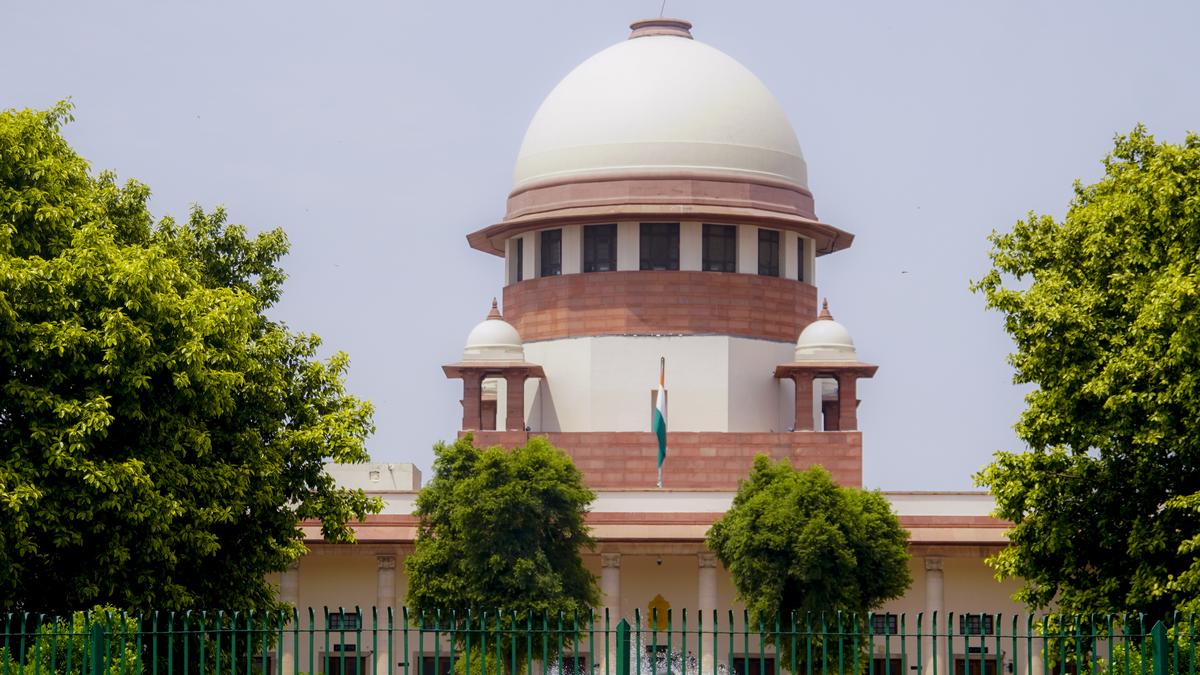Description

Copyright infringement not intended
Picture Courtesy: newstrack.com
Context: The NCRB (National Crime Records Bureau) report for 2022 is a comprehensive compilation of crime statistics from across India. It covers various categories of crimes, such as crimes against women, cybercrimes, crimes against Scheduled Castes (SCs) and Scheduled Tribes (STs), suicides, and more.
Key Highlights
Overall Crime Trends
- Total Registered Crimes: In 2022, there were 58,24,946 registered cognizable crimes, including Indian Penal Code (IPC) crimes and Special & Local Laws (SLL) crimes. This showed a decline of 4.5% compared to the previous year (2021).
- Crime Rate: The crime rate per lakh population decreased from 445.9 in 2021 to 422.2 in 2022. This rate is considered a more accurate indicator as it adjusts for population changes.
Crimes Against Women
- Increase in Cases: Crimes against women increased by 4% compared to 2021, with 4,45,256 cases registered in 2022. Major sections included cruelty by husbands/relatives, kidnapping/abduction, and assault on women to outrage modesty.
.jpg)
Cybercrimes
- Significant Increase: Cybercrime reporting surged by 24.4%, with 65,893 cases registered. Fraud, extortion, and sexual exploitation were among the top reported cybercrimes.
Suicides
- Rise in Suicides: A 4.2% increase was observed in reported suicides in 2022 (1,70,924 cases) compared to 2021. Reasons included family problems, illness, and marriage-related issues.
- Gender Ratio: The male-to-female ratio of suicide victims was 71.8:28.2.
Compilation of Data
- The NCRB is responsible for compiling and maintaining crime records. It collects data from police forces across states and Union Territories.
- The reported crimes might not reflect the actual occurrence due to various factors:
- Some crimes may go unreported due to fear or mistrust of law enforcement.
- Issues with data collection and recording at local levels can affect accuracy. For instance, the "Principal Offence Rule" might lead to undercounting specific crimes.
- The report doesn’t capture socio-economic causative factors or underlying reasons for crimes.
State-Wise Trends
- Chargesheeting Rates: States like Kerala, Puducherry, and West Bengal had high chargesheet rates, but it doesn't necessarily mean these states are more crime-prone. It reflects the police reaching the stage of framing charges against accused individuals.
Data Limitations
- Inaccuracies: Reasons for crimes might be inaccurately recorded in FIRs due to the interpretation of police officers. For example, farmer suicides might be attributed to family problems or poverty rather than underlying agricultural distress.
- Missing Factors: Socio-economic factors contributing to crimes aren't captured, and certain groups might hesitate to report crimes due to fear or lack of trust in law enforcement.

Conclusion
- Overall, the NCRB report is a valuable resource for understanding crime trends in India. However, it is important to keep the limitations of the data in mind when interpreting the results.
Must Read Articles:
National Crime Records Bureau (NCRB)’S 2021 REPORT: https://www.iasgyan.in/daily-current-affairs/national-crime-records-bureau-ncrbs-2021-report
National Crime Records Bureau: https://www.iasgyan.in/daily-current-affairs/national-crime-records-bureau
|
PRACTICE QUESTION
Q. What are some key takeaways from the NCRB Crime in India report for 2022, and how do the reported crime numbers reflect the challenges and limitations in accurately capturing the true extent of criminal activities in the country?
|









